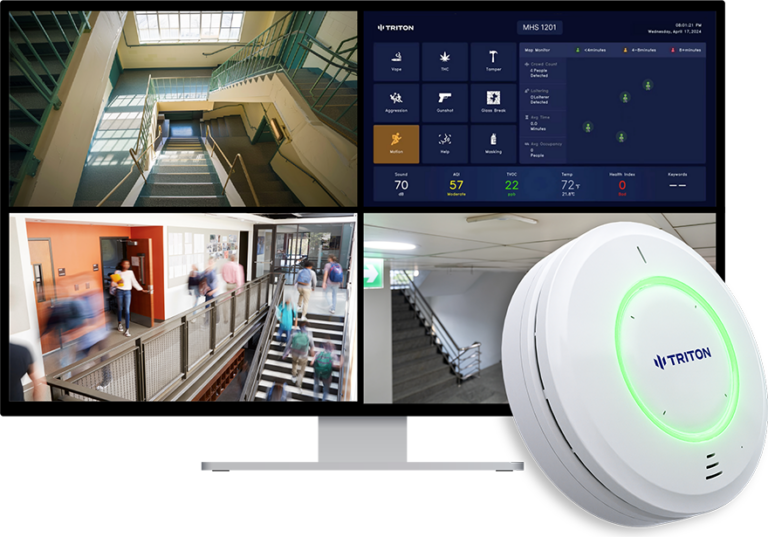Vaping was once a problem in the classrooms. Students would sneak into bathrooms during classes, and flavored nicotine and THC vapors left behind no trace. Teachers and administrators felt powerless until districts began turning to a new line of defense: the vape detector.

Schools across the nation are reporting major success stories and proving how transformative technology can be when it comes to fighting the vaping epidemic.
A Case Study: Cutting Vaping by 83% in 10 Weeks
Luling Independent School District faced an enormous problem with smoking. Despite warnings from school authorities and the introduction of stricter regulations, some students used to smoke in the locker room. Smoke alarms do not work to detect vapor and staff members can’t be everywhere all at once.
In March, the school district installed various vape detectors in schools in a test. The results were shocking. Within five weeks, instances of vaping had slowed down significantly. In the last ten weeks, vaping had decreased by 83%..
Administrators reported success that went beyond numbers. Teachers reported fewer interruptions, and students began to realize that vaping should never be left unattended.
Match Charter Schools also enjoy similar success
Match Charter Schools is another powerful illustration. They had to fight back against smoking vapes in high and middle schools. The result of the smoke detectors that they put in place in August was evident immediately.
Administrators said that weekly vaping incidents were down by 80 percent in December. Parents applauded the school for making concrete efforts to safeguard students, and teachers observed an immediate decrease in hallway loitering and bathroom crowding.
These two districts represent what is now a rising pattern: schools that are embracing vape detection have seen tangible improvements in their behavior and overall safety.
What makes vape detectors effective?
This technology is what gives this success. A modern vape detector doesn’t just detect vapors, but also measures air quality as well as monitors occupancy and sends alerts in real time to the staff. Administrators don’t have to rely solely on their intuition and post-fact reports.
The detectors were designed to guard your privacy. No cameras. No audio recording. No audio recording. Just instant, accurate data that can assist schools to act quickly without violating the rights of students.
The combination of effectiveness as well as compliance, makes vape detectors the most efficient safety tool that schools can apply today.
The Safety Net Extends Beyond Vaping
The thing that many administrators don’t realize is detectors aren’t only for vaping prevention. The most recent systems can detect loud sounds, keywords that are related to emergencies and vandalism.
For instance, if a group begins to loiter in a bathroom, the detector can detect an unusually high degree of occupancy. Staff can be immediately alerted by a student who shouts an emotional word such as “help”. This way, the use of vape detectors at schools becomes part of a larger safety strategy one that addresses the potential for health risks as well as violence.
Boards and parents support Vape Detectors
One often-overlooked benefit is the confidence that comes from transparency. The use of detectors in schools is able to produce reports that clearly show the trend in smoking. These reports are then shared with parents schools, school boards, as well as the community to prove that steps have been taken.
Parents, particularly, are more than happy when they see concrete results. A vape detector doesn’t just detect students. It also safeguards their health and reinforces the message to them that smoking isn’t a suitable activity for schoolchildren.
The Summary The Takeaway: A Tested Path to Success
In the past, smoking cigarettes felt like an invisible battle that schools weren’t able to take on. However, cases from districts across the country show otherwise. Administrators can spot dangers and stop risky behaviors immediately using a vape detection device. This provides a safer environment for students.
Vaping is still a problem but the situation is changing. Schools which invest in vape detection technologies aren’t just responding to the issue they’re setting the way to a healthier future for their students.
Conclusion
Schools in Texas and Massachusetts are showing that technology is effective. Vape detectors of today do more than just sound an alarm it reshapes behavior, builds trust, and offers a long-lasting solution to one of the current most urgent problems for health of students. Vape detectors in schools aren’t an experiment for any school district who cares in ensuring the safety of its students. They’re the norm now.
